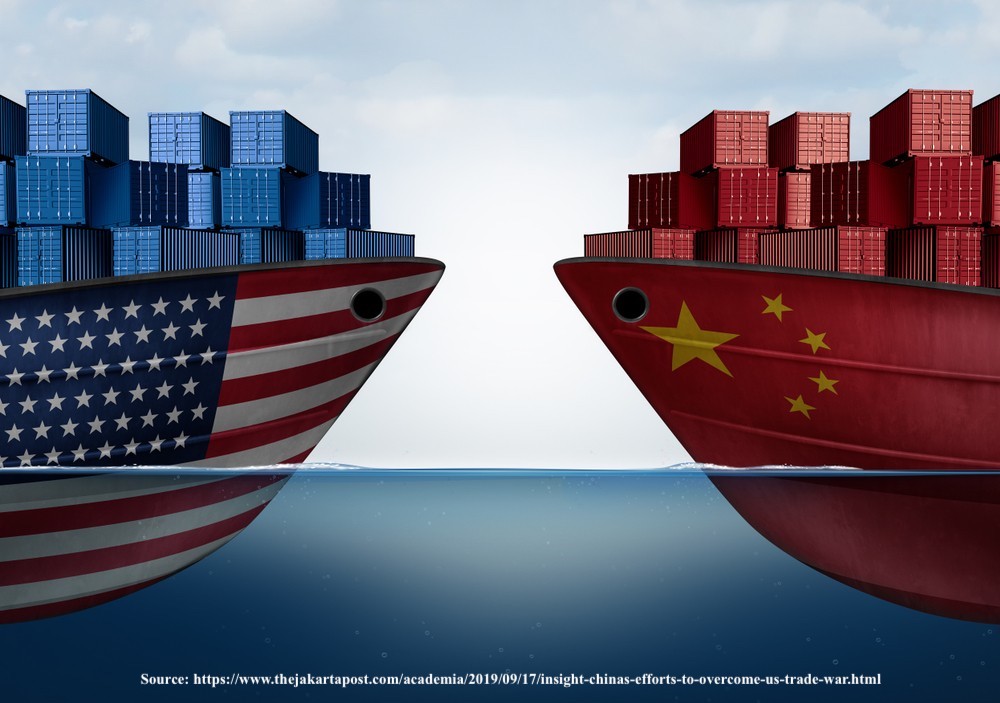The Causes of The United States Launching A Trade War Against The People’s Republic of China (PRC) in 2018
Vol. 2 No. 1 (2023)
Regular Research Articles
December 25, 2023

Downloads
Lailah, F. N., & Virgianita, A. (2023). The Causes of The United States Launching A Trade War Against The People’s Republic of China (PRC) in 2018. Hasanuddin Journal of Strategic and International Studies (HJSIS), 2(1), 11-20. https://doi.org/10.20956/hjsis.v2i1.31630
Downloads
Download data is not yet available.
Copyright (c) 2023 Hasanuddin Journal of Strategic and International Studies (HJSIS)

This work is licensed under a Creative Commons Attribution 4.0 International License.
















